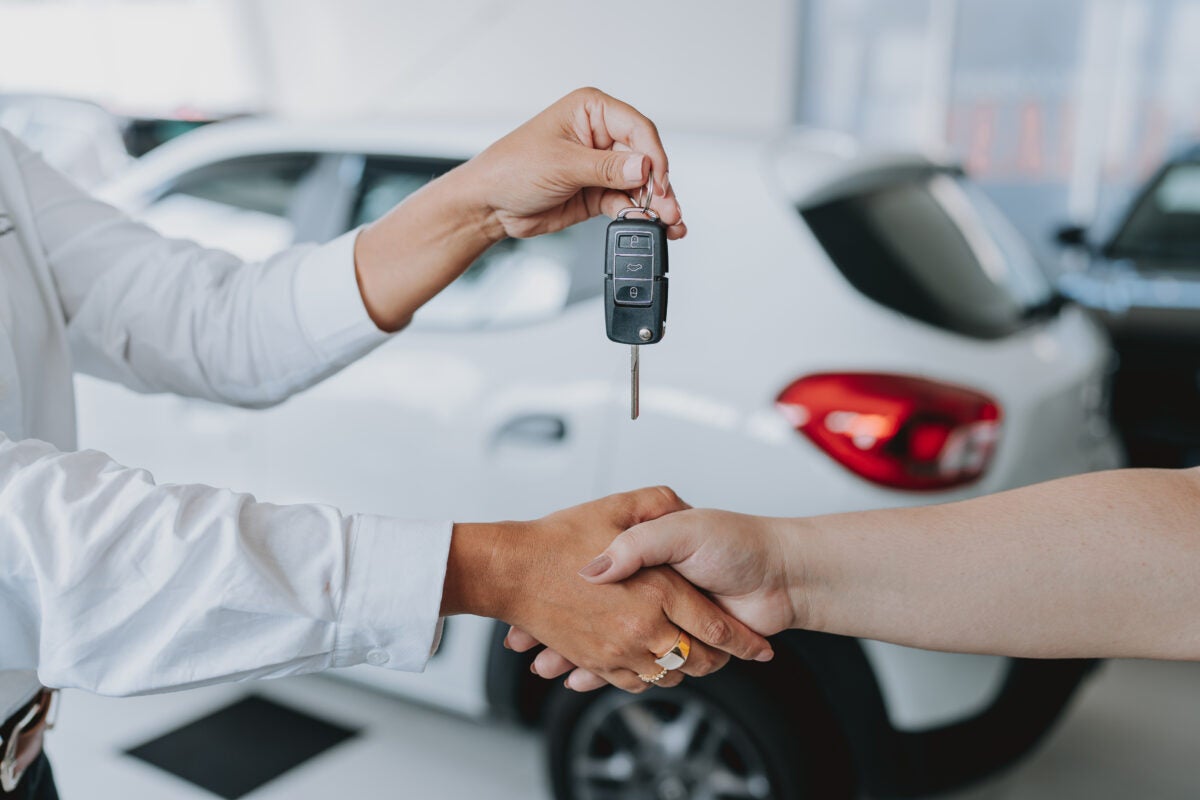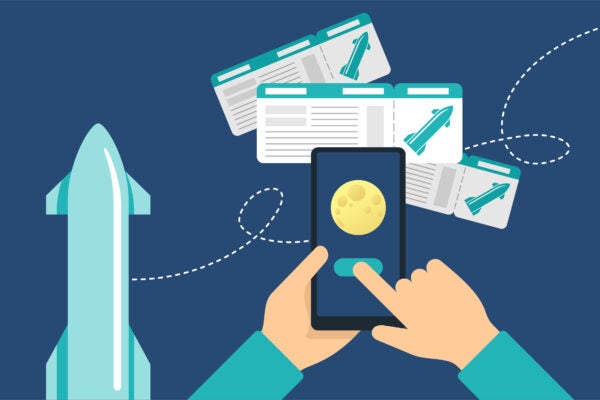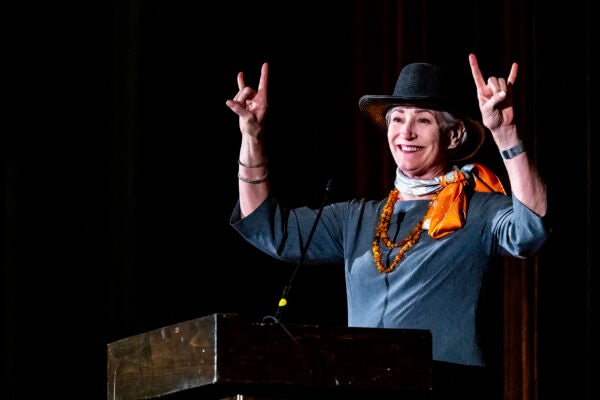When Credit Is Low, Car Dealers Offer a Break
A Texas McCombs study finds dealers sacrifice
profits on financing — while still making the sale
Based on the research of Samuel Kruger

When someone goes shopping for a car, one of the many stress points can be financing. It can be especially stressful for subprime customers — those with low credit scores and incomes. They frequently lack alternatives to the loans dealers offer through third-party lenders. They may have no idea what interest rate the dealer might offer.
Some policymakers worry such loans exploit subprime consumers — who account for 14% of auto loans — with sky-high interest rates. But new research from Texas McCombs suggests that worry is exaggerated.
Samuel Kruger, associate professor of finance, found that, on average, dealers actually lose money on subprime loans, which have lower interest rates, lower rate markups, and higher financing costs than prime loans.
Nor do dealers inflate car prices to make up the difference. Instead, he found, they offer subprime buyers both larger financial subsidies and lower vehicle prices.
“We find evidence of markups on interest rates, but there’s no particular increase for the deepest subprime customers,” Kruger says. “In fact, as you get deeper and deeper into subprime, the markup is less. The differential concern about the subprime population is somewhat overblown.”
Subsidies for Subprimes
With Mark Jansen of the University of Utah and Gonzalo Maturana of Emory University, Kruger looked at data on 243,032 loans made between January 2004 and July 2019 by a subprime auto lender that served 2,187 dealerships across 39 states.
Borrowers fit the subprime profile, with median credit scores of 529 and gross monthly incomes of $3,936. More than a third had experienced bankruptcy within seven years before the loan’s origination.
But dealers weren’t exploiting those customers, the researchers found. They marked up interest rates an average of 1.02 percentage points, compared with what a prime customer would receive. But the markups didn’t cover all their costs for making the loans.

That’s because dealers sold 99% of loans to third parties at a discount, an average of 4% less than the loan’s original principal. Subtracting their 1% markup on interest rates, dealers lost money on financing: an average of $301 on each loan.
The study suggests the forces at play in the subprime auto market are different from those of the prime one, Kruger says. Dealers might have several reasons for offering relatively good deals to such buyers.
- Usury laws, intended to protect consumers by limiting the maximum interest rates lenders can charge.
- Preventing loan defaults. They rise as interest rates do, giving incentives not to gouge borrowers.
- The risk of prolonging negotiations and losing the sale.
Above all, even though they lose money on financing, dealers still make an overall profit on selling the cars.
The message to regulators is that well-intended efforts to curb dealer-facilitated loans could end up hurting subprime borrowers rather than helping them.
“In most cases, subprime borrowers are getting subsidized financing from the car dealers, and the dealers may also give them easier access to credit,” Kruger says. “Crackdowns on financing from car dealers could be damaging for these customers.”
“Dealer Financing in the Subprime Auto Market: Markups and Implicit Subsidies” is forthcoming in Management Science.
Story by Deborah Lynn Blumberg
About this Post
Share:



